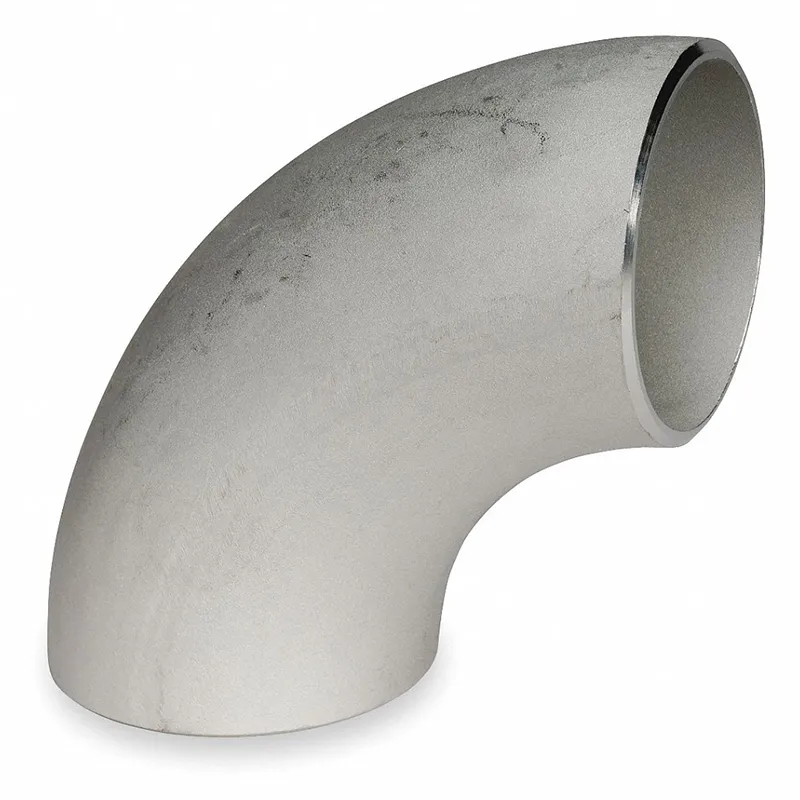-
Cangzhou Yulong Steel Co., Ltd.
-
Phone:
+86 13303177267 -
Email:
admin@ylsteelfittings.com
- English
- Arabic
- Italian
- Spanish
- Portuguese
- German
- kazakh
- Persian
- Greek
- French
- Russian
- Polish
- Thai
- Indonesian
- Vietnamese
- Zulu
- Korean
- Uzbek
- Hindi
- Serbian
- Malay
- Ukrainian
- Gujarati
- Haitian Creole
- hausa
- hawaiian
- Hebrew
- Miao
- Hungarian
- Icelandic
- igbo
- irish
- Japanese
- Javanese
- Kannada
- Khmer
- Rwandese
- Afrikaans
- Albanian
- Amharic
- Armenian
- Azerbaijani
- Basque
- Belarusian
- Bengali
- Bosnian
- Bulgarian
- Catalan
- Cebuano
- China
- China (Taiwan)
- Corsican
- Croatian
- Czech
- Danish
- Esperanto
- Estonian
- Finnish
- Frisian
- Galician
- Georgian
- Kurdish
- Kyrgyz
- Lao
- Latin
- Latvian
- Lithuanian
- Luxembourgish
- Macedonian
- Malgashi
- Malayalam
- Maltese
- Maori
- Marathi
- Mongolian
- Myanmar
- Nepali
- Norwegian
- Norwegian
- Occitan
- Pashto
- Dutch
- Punjabi
- Romanian
- Samoan
- Scottish Gaelic
- Sesotho
- Shona
- Sindhi
- Sinhala
- Slovak
- Slovenian
- Somali
- Sundanese
- Swahili
- Swedish
- Tagalog
- Tajik
- Tamil
- Tatar
- Telugu
- Turkish
- Turkmen
- Urdu
- Uighur
- Welsh
- Bantu
- Yiddish
- Yoruba

Nov . 07, 2024 08:42 Back to list
Understanding ANSI Blind Flanges for Industrial Applications and Specifications
Understanding Blind Flanges A Comprehensive Guide
When discussing piping systems and their components, one often comes across various types of flanges used for connecting pipes, valves, and other apparatuses. Among these, the blind flange is an essential component that plays a crucial role in sealing off the end of a piping system. This article delves into the specifics of blind flanges, particularly focusing on ANSI standards, and their application in various industries.
What is a Blind Flange?
A blind flange is a solid disc, typically made of materials like stainless steel, carbon steel, or plastic, used to close the end of a piping system or vessel. Unlike regular flanges that connect two sections of pipe, a blind flange has no hole in its center. Its primary function is to block the flow of fluids or gases, effectively sealing the ends of pipes, valves, or any other fittings.
ANSI Standards for Blind Flanges
The American National Standards Institute (ANSI) sets forth guidelines and standards for various industrial components, including blind flanges. Under ANSI standards, blind flanges are classified based on their pressure rating, size, and material. This classification ensures consistency in manufacturing and aids engineers in selecting the appropriate flange for their specific applications.
1. Pressure Ratings ANSI flanges are rated based on PSI (pounds per square inch) and are categorized into classes such as 150, 300, 600, and 1500. The higher the class number, the greater the pressure capacity. It’s crucial to select a blind flange that matches or exceeds the pressure requirements of the system it is being used in.
2. Size Specifications ANSI standards also dictate the dimensions of blind flanges. Common sizes range from small diameters like ½ inch to larger sizes exceeding 48 inches. Ensuring the flange size fits the pipe’s diameter is vital for maintaining system integrity.
3. Material Types Depending on the application, blind flanges can be made from a variety of materials, including carbon steel, stainless steel, and brass. The choice of material is influenced by the type of fluid conveyed, temperature, and corrosion resistance requirements.
Applications of Blind Flanges
blind flange ansi

Blind flanges are widely used across various industries, including oil and gas, water treatment, chemical manufacturing, and HVAC systems. Here are some of their key applications
1. Sealing Off Unused Connections In many piping systems, especially in complex setups, there might be unused connections where pipes might need to be added or modified in the future. Blind flanges allow for these connections to be securely sealed without dismantling the existing system.
2. Testing and Maintenance During system testing, blind flanges are employed to isolate sections of the piping system. This testing helps to ensure that the system is leak-free and functioning optimally before it goes online.
3. Safety Measures In high-pressure systems, blind flanges serve as a safety feature, preventing accidental leaks or bursts. Their robustness provides an added layer of security in critical operations.
Installation Considerations
When installing blind flanges, certain best practices should be followed
- Surface Preparation Ensure that both the flat surface of the flange and the mating surface are clean and free of debris. - Gasket Use A gasket is often used to enhance the seal and prevent leaks. Ensure that the gasket is compatible with the fluid being conveyed. - Bolting Techniques Using the correct bolt size and applying the appropriate torque during assembly ensures a secure fit and prevents any deformations of the flange.
Conclusion
Blind flanges are indispensable components in piping systems, providing critical sealing functions and ensuring system integrity. Understanding ANSI standards concerning blind flanges is essential for engineers and maintenance personnel in selecting the right flange for their specific applications. Whether for sealing unused connections, conducting maintenance, or enhancing safety, blind flanges play a vital role in various industrial processes. As industries continue to evolve, the significance and innovations surrounding blind flanges will undoubtedly remain crucial for effective piping system management.
Latest news
-
ANSI 150P SS304 SO FLANGE
NewsFeb.14,2025
-
ASTM A333GR6 STEEL PIPE
NewsJan.20,2025
-
ANSI B16.5 WELDING NECK FLANGE
NewsJan.15,2026
-
ANSI B16.5 SLIP-ON FLANGE
NewsApr.19,2024
-
SABS 1123 FLANGE
NewsJan.15,2025
-
DIN86044 PLATE FLANGE
NewsApr.19,2024
-
DIN2527 BLIND FLANGE
NewsApr.12,2024
-
JIS B2311 Butt-Welding Fittings LR/SR 45°/90° /180°Seamless/Weld
NewsApr.23,2024











